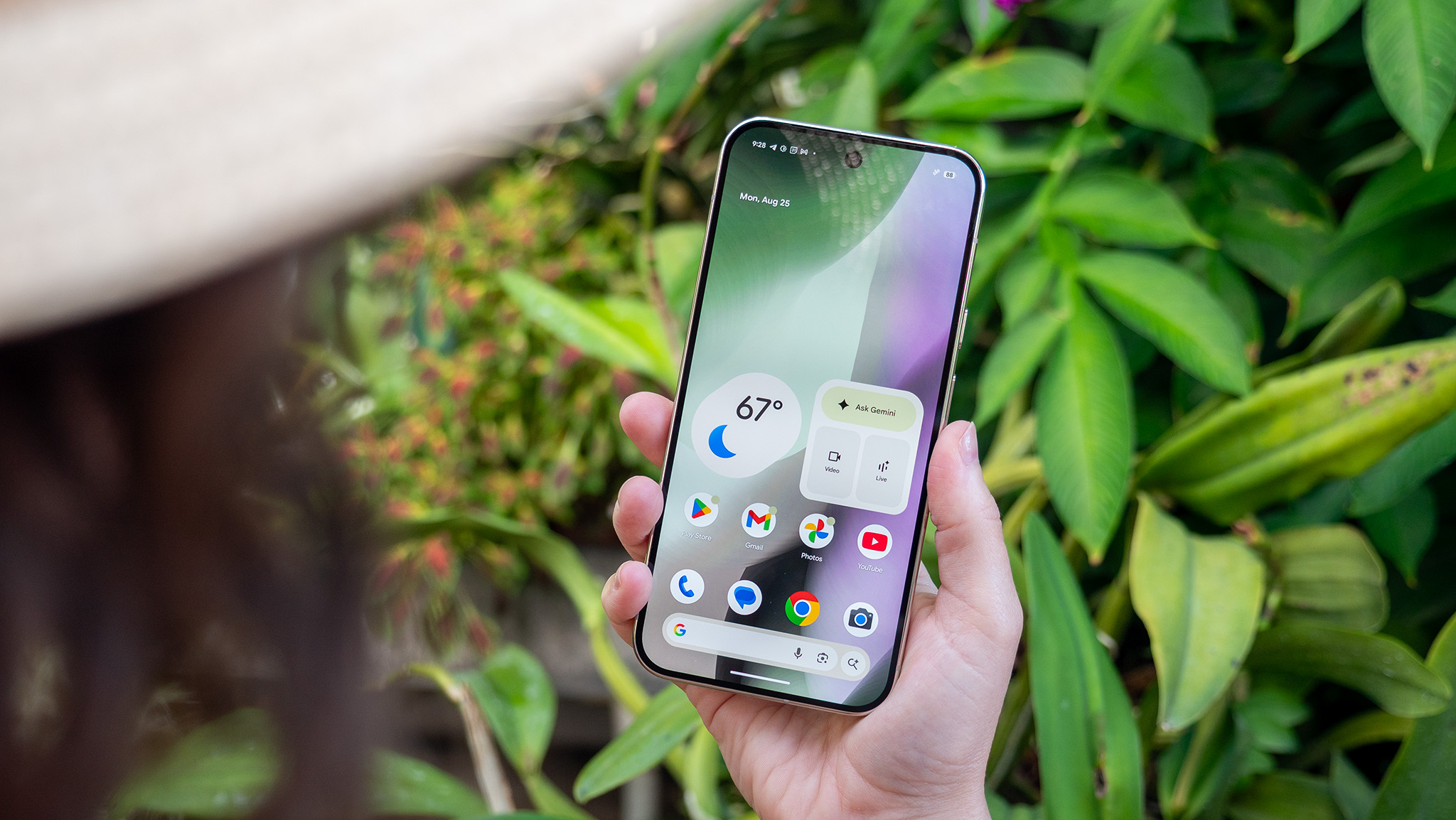Google Pixel Watch 4 vs. Pixel Watch 3: Finally in true flagship territory?
Here's everything the Google Pixel Watch 4 upgrades compared to its predecessor.
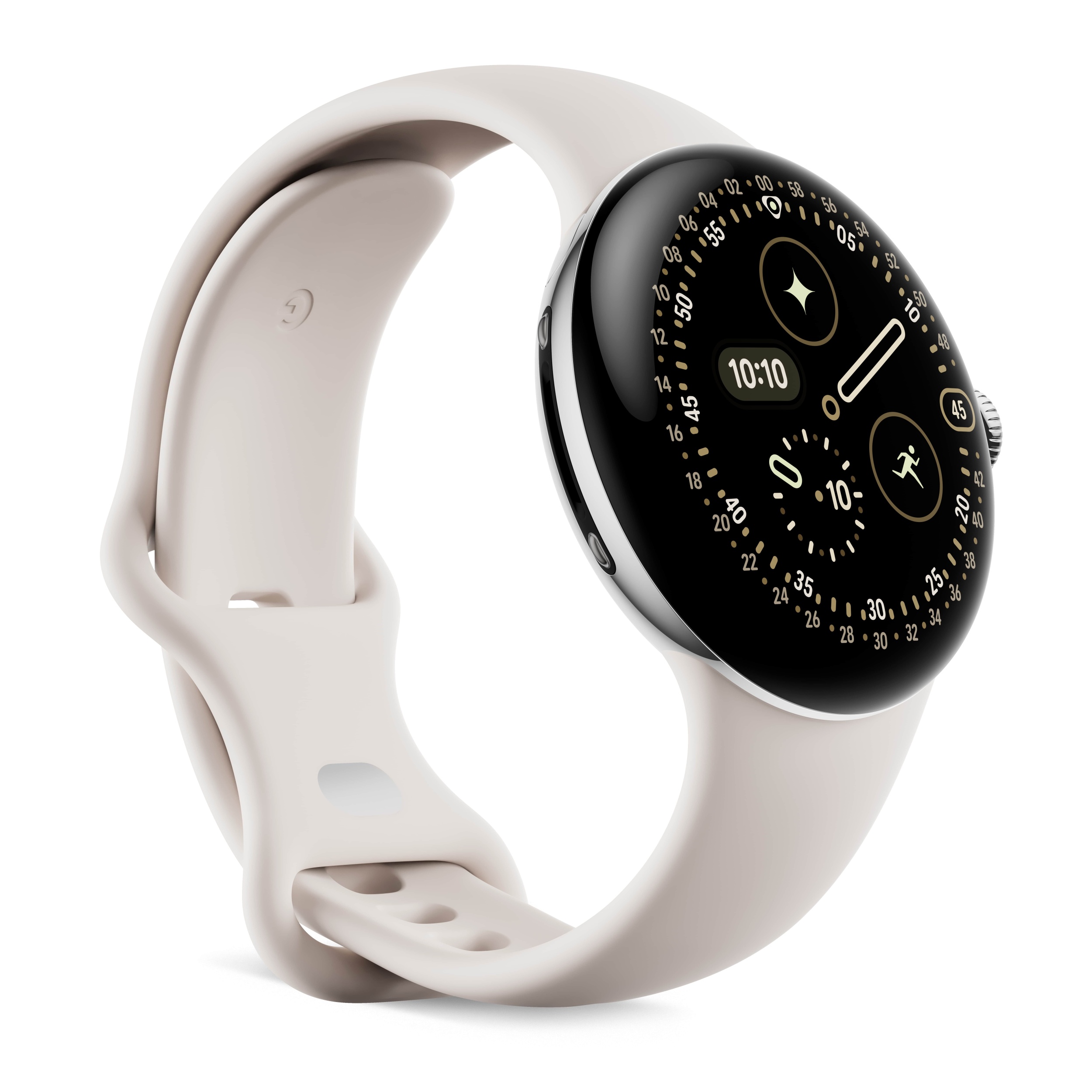
The best Pixel Watch
The Google Pixel Watch 4 refines the smartwatch's design even further, with a domed display and much thinner bezels. There's also a new chip, longer battery life with faster charging, and satellite SOS communications. This is all while keeping the classic waterdrop design language of Pixel Watch models.
Pros
- Refreshed design with slimmer bezels and a domed display
- Better battery life thanks to Wear OS 6 and faster charging
- Snapdragon W5 Gen 2 chip
- Gemini software and new fitness features
Cons
- Google changed the charging system yet again
- Same Fitbit-inspired sensors and health insights
- Waterdrop design isn't for everyone
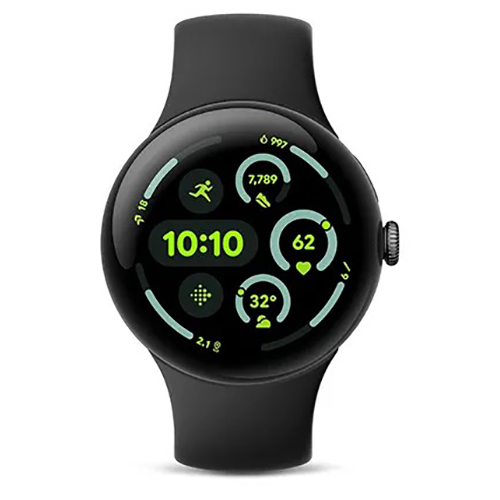
The current Pixel Watch
The Google Pixel Watch 3 built yet again on the Pixel Watch's unique design and positioning. It's stylish, features software with pops of color, and prioritizes simplicity. However, limited fitness tools and battery life are key downsides to going with a Google smartwatch.
Pros
- Will receive Gemini and battery life improvements with Wear OS 6
- Brighter larger display compared to prior models
- Still capable of delivering great performance and health tracking
Cons
- Not the most rugged smartwatch on the block
- GPS data can be inconsistent and health features overall could use work
- Shorter battery life
The Pixel Watch represents Google's vision for what a Wear OS smartwatch should be, but the platform needed time to grow. Now that the new Pixel Watch 4 is here, we finally have a device that can compete with Wear OS smartwatches from Samsung and OnePlus in key areas. With a longer-lasting battery, a new chip, and fresh software, the Google Pixel Watch 4 finds itself in true flagship territory.
Compared to the Pixel Watch 3, the newer model retains the classic "waterdrop" design while offering a much brighter display and slimmer bezels. It makes the Pixel Watch 4 feel more premium and attractive overall. However, the core user experience hasn't changed much between generations, and Pixel Watch 3 owners might not feel compelled to upgrade immediately.
For more news and information on Google's latest smartwatch, check out our Ultimate Guide.
Google Pixel Watch 4 vs. Pixel Watch 3: Pricing and availability
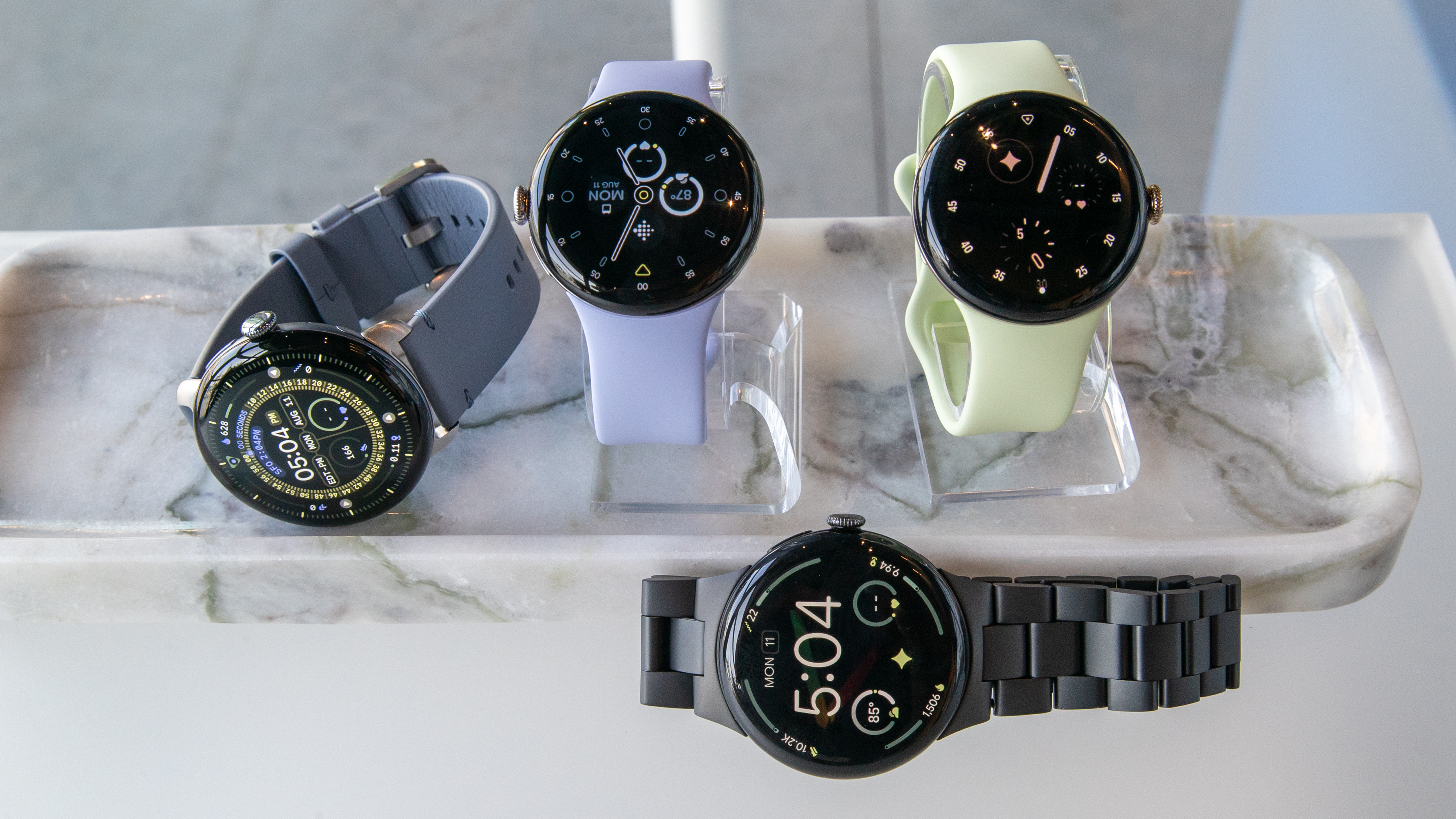
The Google Pixel Watch 4 was announced alongside the Pixel 10 series at an Aug. 20 event and hits store shelves on Oct. 9. That's a long wait for a preorder, although doing so ensures you'll get a Pixel Watch 4 on day one with any promotions or deals available.
The price for the Pixel Watch 4 remained unchanged, which is good news. You'll pay $349 for a 41mm watch and $399 for a 45mm watch, with optional LTE versions costing an additional $100. The smartwatch is available in Matte Black Aluminum or Polished Silver Aluminum for both sizes, with Satin Moonstone Aluminum being exclusive to the 45mm variant and Champagne Gold being 41mm-only.
The Google Pixel Watch 3 is currently available in two sizes: 41mm and 45mm, with prices starting at $349 and $399, respectively. Each size has three colorways: Matte Black and Polished Silver for both models, Champagne Gold as the 41mm exclusive, and Matte Hazel as the 45mm exclusive. The upgrade to cellular connectivity costs an extra $100.
Google Pixel Watch 4 vs. Pixel Watch 3: Design and display
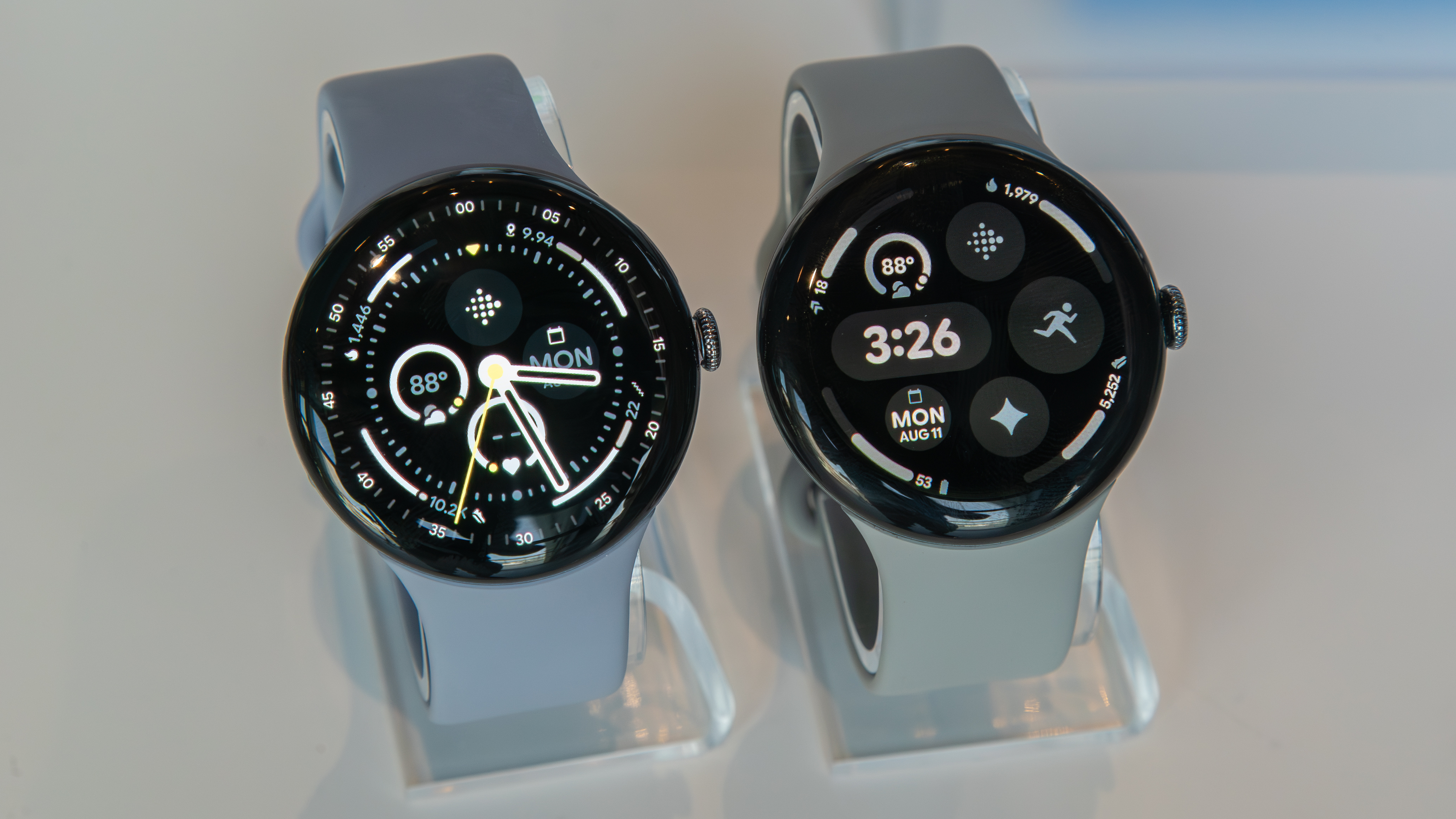
The Google Pixel Watch 4 comes with excellent news from a design perspective. It didn't get thicker after all, and instead maintains the exact same 12.3mm thickness as the Pixel Watch 3. While the Pixel Watch 4 has a similar design from a distance, there are nuanced changes. For starters, the Pixel Watch 4 has charging contacts on the side of the watch, whereas they're on the back of the Pixel Watch 3.
Get the latest news from Android Central, your trusted companion in the world of Android
These design changes could be divisive among Pixel Watch fans. The new charging method adds faster charging speeds to the Pixel Watch 4. On the flip side, this would mean that the Pixel Watch has changed charging methods three times in four generations, which isn't ideal for continuity.
Otherwise, the Pixel Watch 4 retains the same "waterdrop" design language as its predecessors. This time, the bezels are even slimmer, helping make the newer model feel more modern. It's available in 41mm and 45mm sizes, and both displays are now domed to provide a better viewing experience. The Pixel Watch 4 screens now offer 10% more display, a 10% larger active area, and 15% slimmer bezels, according to Google.
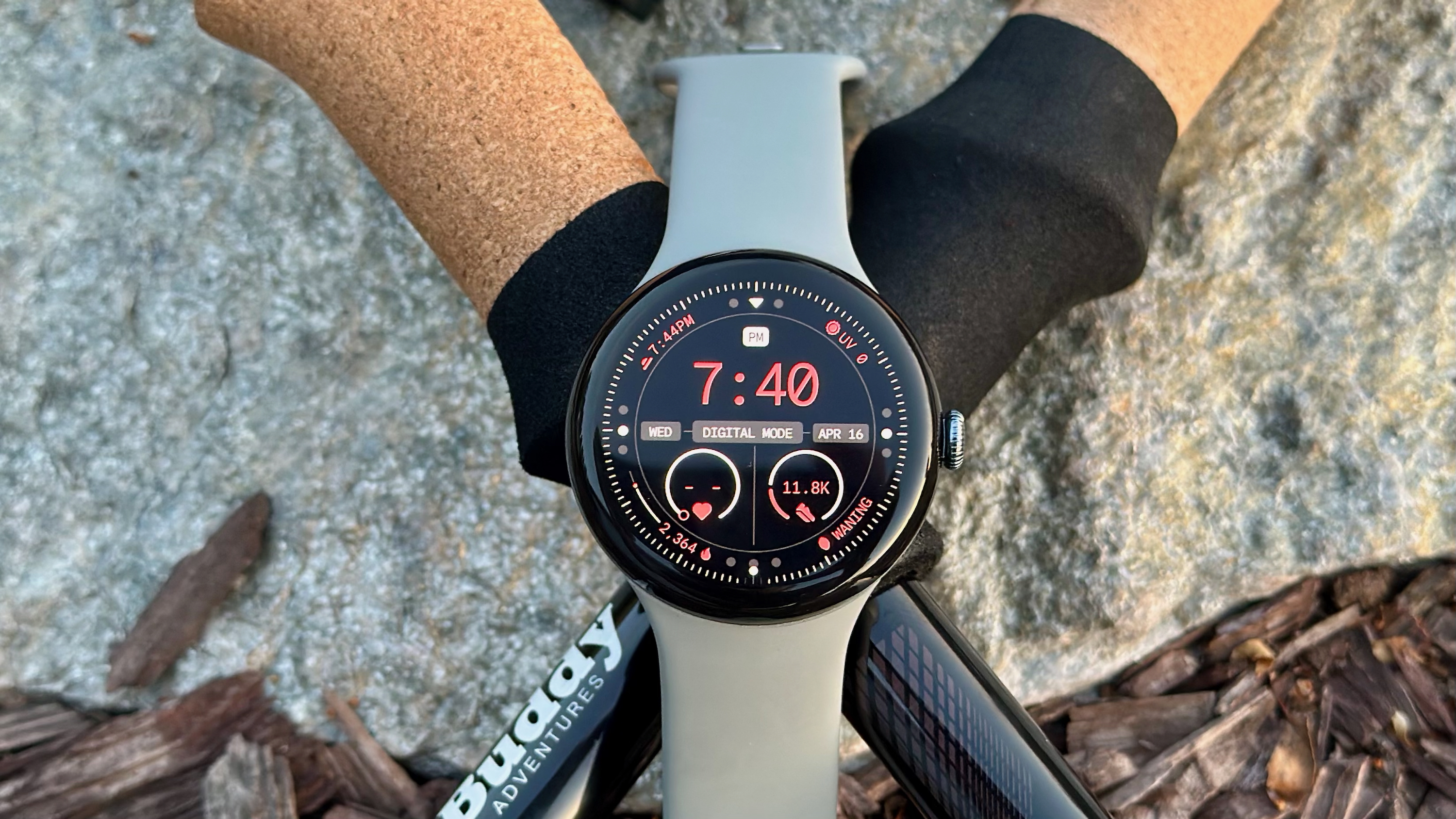
Both the Google Pixel Watch 4 and Pixel Watch 3 measure 12.3mm thick, but that's actually on the thicker side of smartwatches already. The newly announced Samsung Galaxy Watch 8 is only 8.6mm thick, and the Apple Watch Series 10 is only 9.7mm thick.
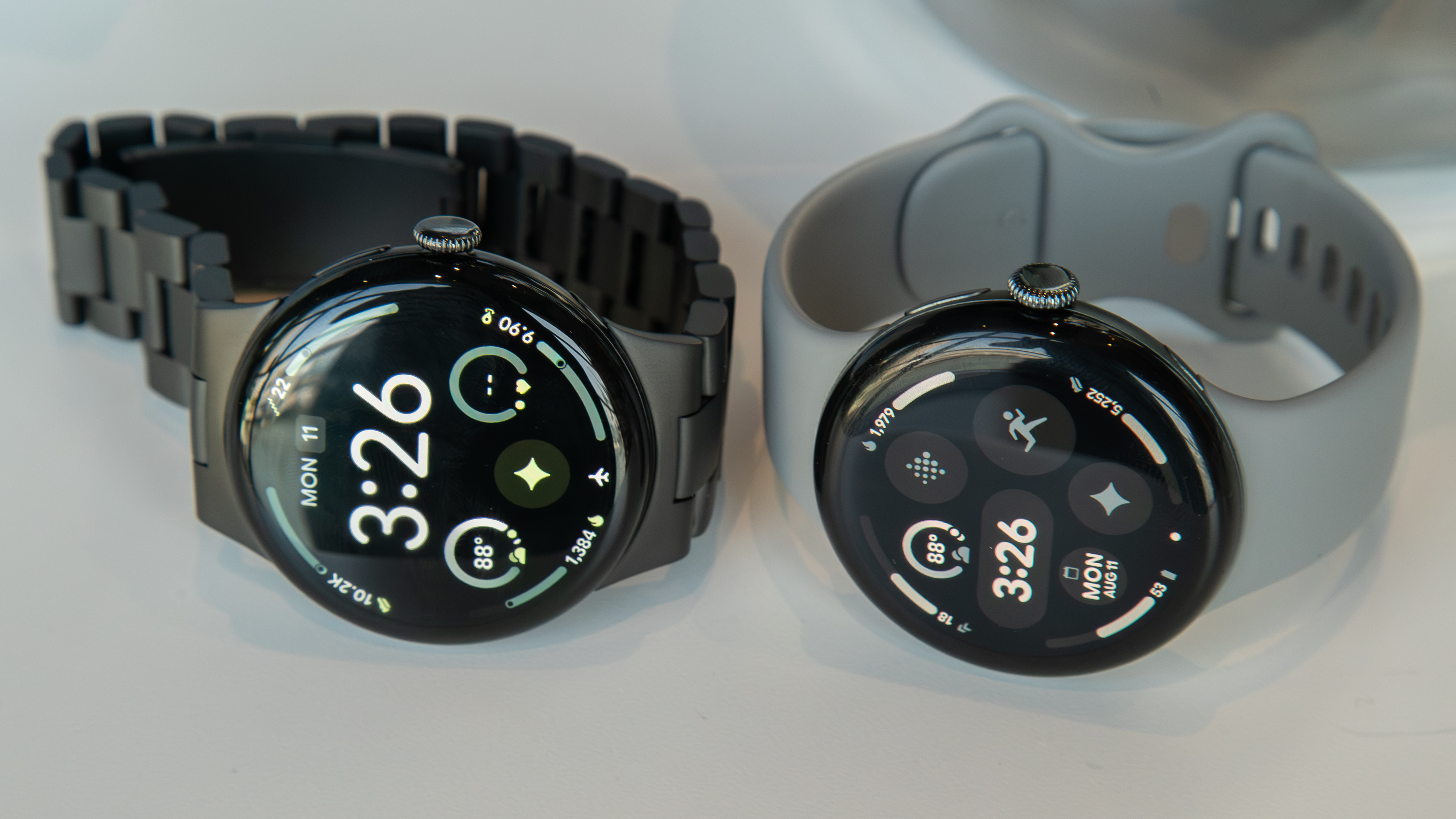
Still, there will be more similarities than differences between the Google Pixel Watch 4 and Pixel Watch 3. That said, the Pixel Watch 4's display upgrades aren't anything to scoff at. Aside from the domed design, the newer screen is now 50% brighter, with a peak brightness rating of 3,000 nits. It'll make the screen way more visible outdoors.
Google Pixel Watch 4 vs. Pixel Watch 3: Hardware and specs
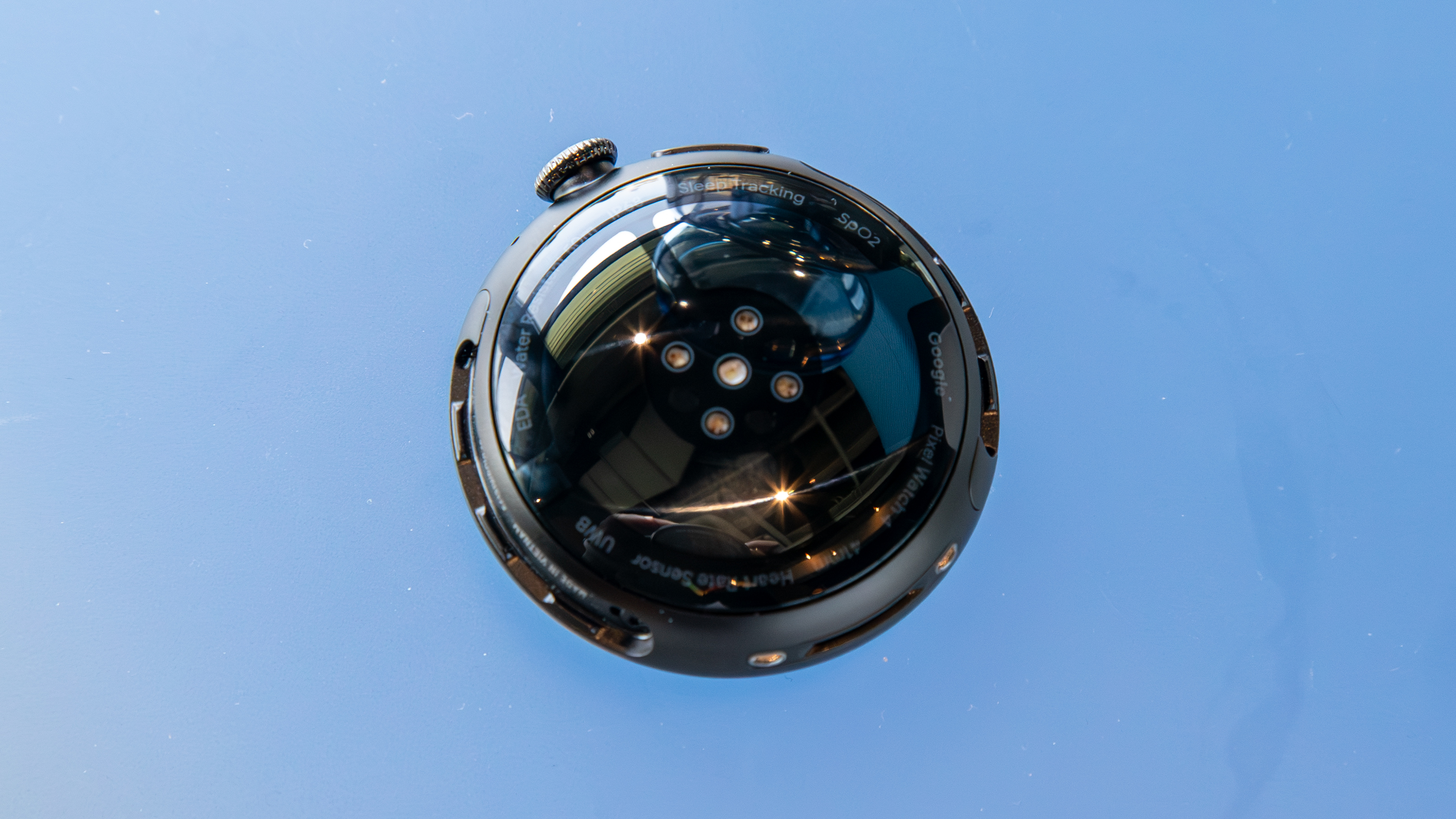
In terms of hardware, the Google Pixel Watch 4 is the first to be powered by the Snapdragon W5 Gen 2 processor. Aside from the refreshed primary chip, the Pixel Watch 4 has a new Cortex M55 co-processor specifically designed to handle AI requests while maximizing efficiency and battery life. Gemini is the default assistant on the Pixel Watch 4, and the Cortex M55 chip will help handle some of that load.
The use of a co-processor for certain tasks is becoming more common on Wear OS smartwatches, like the OnePlus Watch 3, as a way to deliver longer battery life. This appears to be the case with the Pixel Watch 4, as both the 41mm and 45mm variants ship with larger battery capacities and last longer. The smaller version can now keep the AOD on for 30 hours on a single charge, and the larger model can do 40 hours.
The 41mm Pixel Watch 3 was only officially rated for 24 hours of battery life with the AOD on, so this is a big jump for the Pixel Watch 4. In the real world, some Android Central testers found that their Pixel Watch 3 models lasted longer than Google's estimates. We're curious to see if that trend carries over to the Google Pixel Watch 4. If it does, Google could have a winner here.
Specs | Google Pixel Watch 4 | Google Pixel Watch 3 |
|---|---|---|
Colors | Matte Black Aluminum, Polished Silver Aluminum, Satin Moonstone Aluminum (45mm), Champagne Gold (41mm)
| Matte Black, Polished Silver, Champagne Gold (41mm), Matte Hazel (45mm) |
Materials | Recycled aluminum | Recycled aluminum |
Band | Active (fluoroelastomer) | Active (fluoroelastomer) |
Dimensions | 41 x 41 x 12.3mm / 45 x 45 x 12.3mm | 41 x 41 x 12.3mm / 45 x 45 x 12.3mm |
Weight (w/out band) | 41mm: 31g; 45mm: 36.7g | 41mm: 31g; 45mm: 37g |
Protection | Corning Gorilla Glass 5, 5ATM, IP68 | Corning Gorilla Glass 5, 5ATM, IP68 |
Display | Actua 360 Domed AMOLED LTPO display, 320ppi | 1.27-inch (408x408) or 1.43-inch (456x456) Actua AMOLED LTPO display |
| Row 7 - Cell 0 | 3,000 nits, 60Hz refresh rate | 2,000 nits, 60Hz refresh rate |
Connectivity | Bluetooth 6, Wi-Fi 2.4/5GHz, NFC, UWB, LTE (upgrade), Dual-band GPS, Galileo, Glonass, (ROW) Beidou, QZSS, Navic | Bluetooth 5.3, Wi-Fi 2.4/5GHz, NFC, UWB, LTE (upgrade), GPS, Galileo, Glonass, (ROW) Beidou, QZSS, Navic |
Sensors | Compass, Altimeter, Red and infrared sensors for oxygen saturation (SpO2) monitoring, Multipurpose electrical sensors compatible with ECG app, Multi-path optical heart rate sensor, 3-axis accelerometer, Gyroscope on, Ambient light sensor, Electrical sensor to measure skin conductance (cEDA) for body response tracking, Far field skin temperature sensor, Barometer, Magnetometer | Multi-path optical HR sensor, red & IR sensors for SpO2, multipurpose electrical (ECG), electrical skin conductance for body response (cEDA), skin temperature, accelerometer, altimeter, ambient light, barometer, compass, gyroscope, magnetometer |
Battery | 325mAh/455mAh, 30 hours with AOD (41mm), 48 hours with Batter Saver (41mm) | 306mAh/420mAh, 24 hours with AOD, 36 hours with Battery Saver |
Charging | 41mm: 15 minutes to 50%, 25 minutes to 80%, 45 minutes to 100%; 45mm: 15 minutes to 50%, 30 minutes to 80%, 60 minutes to 100% | 41mm: 24 minutes to 50%, 35 minutes to 80%, 60 minutes to 100%; 45mm: 28 minutes to 50%, 50 minutes to 80%, 80 minutes to 100% |
CPU | Snapdragon W5 Gen 2, Cortex M55 | Snapdragon W5 Gen 1 (1.7GHz), Cortex M33 co-processor |
Memory / Storage | 2GB + 32GB | 2GB + 32GB |
OS | Wear OS 6 | Wear OS 5 (3 years of updates) |
Other than that, the Pixel Watch 4 features the same fitness and health sensors as the Pixel Watch 3. The highlight of the sensor assortment is a multi-path optical heart rate sensor supporting ECG readings. The Pixel Watch 3 also supports blood-oxygen detection, skin temperature readings, and cEDA analysis, and those carry over to the Pixel Watch 4 as well.
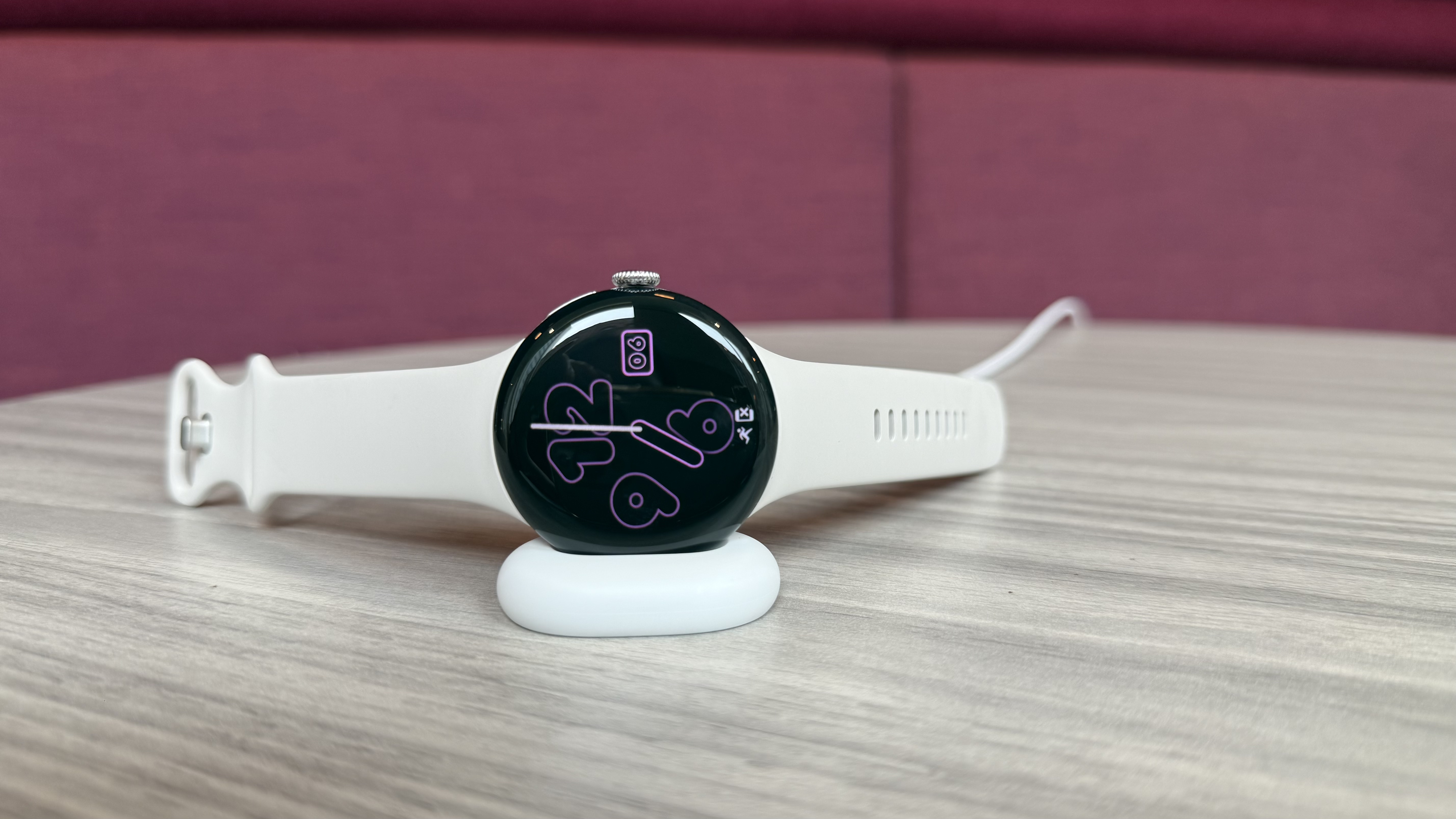
New this year is support for multi-band GPS and satellite SOS support on the Pixel Watch 4. Both the Google Pixel Watch 4 and Pixel Watch 3 feature 32GB of onboard storage and 2GB of RAM. The older model has the last-gen Snapdragon W5 Gen 1 chip, and doesn't have the new co-processor.
Google Pixel Watch 4 vs. Pixel Watch 3: Fitness and health features

The Google Pixel Watch 4 is powered by Wear OS 6, which brings the Material 3 Expressive design language to the smartwatch form factor. It's a new-look operating system that adds things like more fluid scrolling, buttons, and notification cards, all of which dynamically adapt to user interaction and the Pixel Watch's display size.
More importantly, Wear OS 6 adds proper support for third-party watch faces. The Watch Face Push API lets third-party faces sync with Pixel Watch models without needing to go through the Google Play Store, via apps like Facer.
Additionally, Gemini is replacing the Google Assistant on the Pixel Watch 4. The current Pixel Watch 3 will get all of these upgrades when Wear OS 6 rolls out, but the Pixel Watch 4 will get them first.
Google is enhancing its fitness capabilities with the Pixel Watch 4, and it all gets wrapped up in the Fitbit Morning Brief. This is a daily rundown of your health and fitness, including sleep tracking, daily readiness, and activity progress. Metrics like readiness, cardio load, and target cardio load will help you hone in your training across more than 40 workout modes. As usual, these features are powered by Fitbit, with optional tools locked behind a Fitbit Premium subscriptions.
Google Pixel Watch 4 vs. Pixel Watch 3: Which one should you buy?
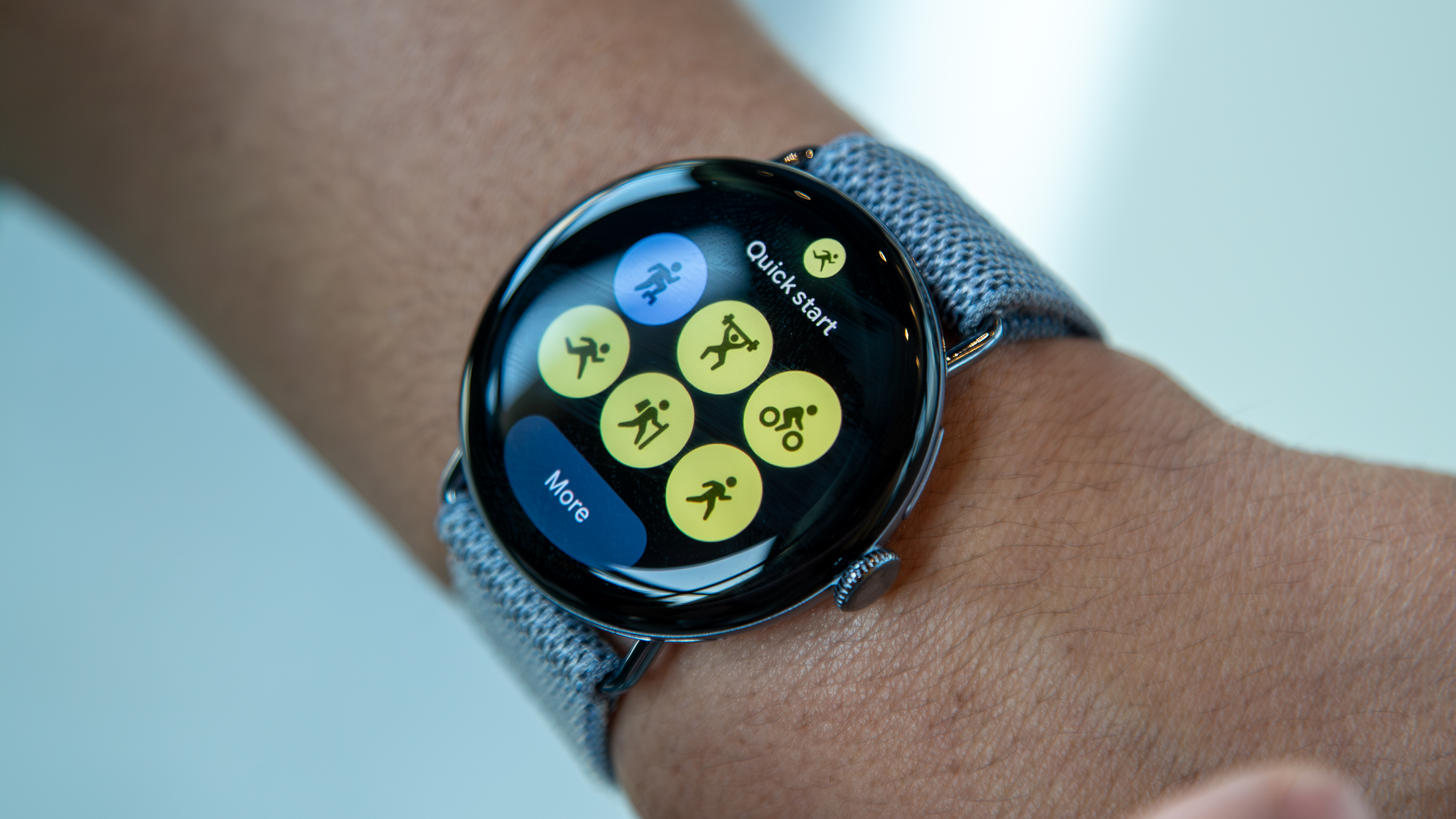
The Google Pixel Watch 4 might not be a slam-dunk upgrade over the current Pixel Watch 3, depending on what you value most. Personally, I'm loving the idea of the Pixel Watch 4 because Google addressed a few major pain points with the Pixel Watch 3. The changes included slimming the bezels, making the display feel larger and almost edge-to-edge, fixing GPS accuracy, and offering longer battery life.
Now that the Pixel Watch 4 is refined in these areas, I'd be willing to try to daily drive a Pixel Watch again. However, if you're content with your Pixel Watch 3, you might not feel compelled to upgrade yet. The Google Pixel Watch 3 will eventually get Wear OS 6, and some key Pixel Watch 4 features with it.
For more news and information on Google's latest smartwatch, check out our Ultimate Guide.

The perfect Pixel Watch
Google addressed a few criticisms of older smartwatch in designing the Pixel Watch 4, and it pays off. The Google Pixel Watch 4 is now longer-lasting, more powerful, and offers a display with slimmer bezels. Plus, it has Gemini and Fitbit smarts at the core.

A safe bet
The Google Pixel Watch 3 is the best Pixel smartwatch you can get today, and it'll get a big boost to Wear OS 6. It could even offer an advantage over the Pixel Watch 4 — rumors say it'll be thinner.

Brady is a tech journalist for Android Central, with a focus on news, phones, tablets, audio, wearables, and software. He has spent the last three years reporting and commenting on all things related to consumer technology for various publications. Brady graduated from St. John's University with a bachelor's degree in journalism. His work has been published in XDA, Android Police, Tech Advisor, iMore, Screen Rant, and Android Headlines. When he isn't experimenting with the latest tech, you can find Brady running or watching Big East basketball.
You must confirm your public display name before commenting
Please logout and then login again, you will then be prompted to enter your display name.
